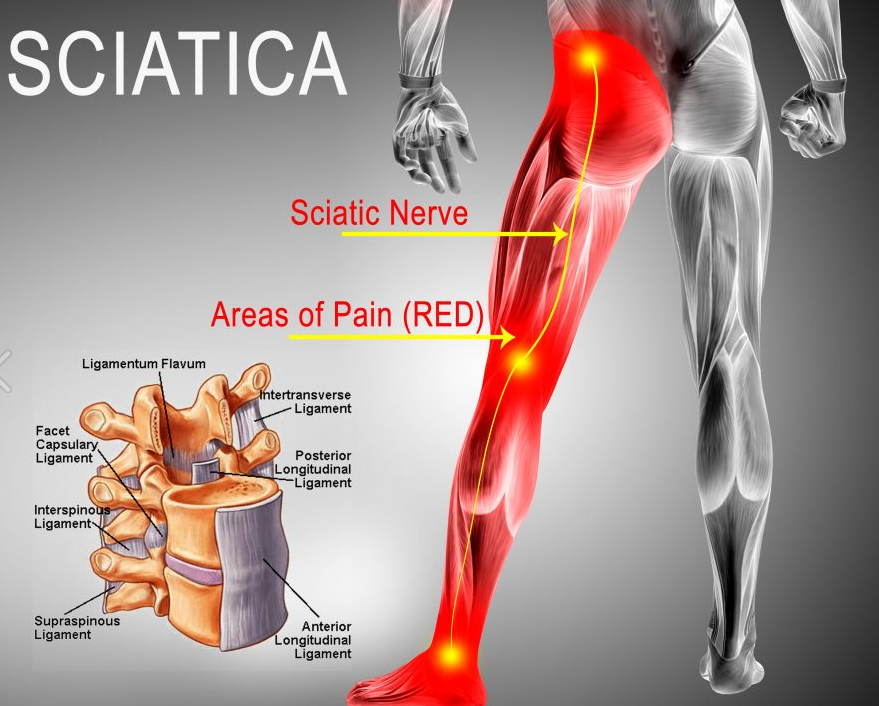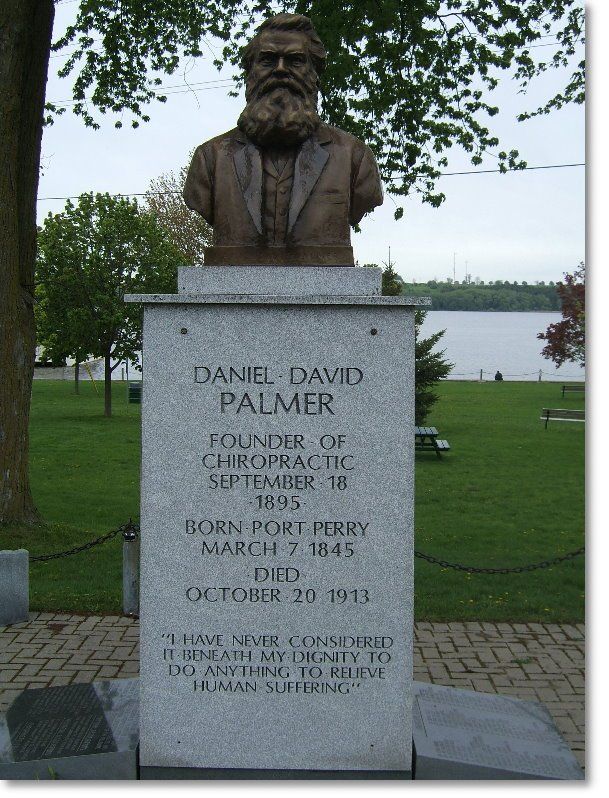Can Sciatica Cause Back Pain?
Could Sciatica Be the Cause of Your Back Pain? Here’s What You Need to Know

About 5-10% of people with low back will suffer from sciatica. As much as 70% of the population will deal with low back pain during their lifetime.
Unfortunately, despite its prevalence, sciatica is not very well understood. Even those who suffer from it don’t always realize that the source of their pain is something different than regular back pain.
The sciatic nerves are the two largest nerves in the body. Many nerves are tiny, only about 20 microns or 0.02 mm in thickness. The sciatic nerves, however, are about the size of your little finger.
They split off from the bottom of the spinal cord. One goes down each leg, running from the spinal cord to your big toes.
Typical sciatic pain begins in the lower part of the spine and goes to the buttock. Pain radiating down the affected leg is also quite common.
Since the sciatic nerve runs all the way down to the big toe, you can experience pain anywhere along its trajectory, although along the back of the thigh and the calf are most common.
People experience sciatic pain differently. Some describe it as a dull ache, others as a sharp, burning sensation or throbbing heat. Still, others experience excruciating pain that inhibits their ability to walk or even stand.
Sometimes it comes on quickly and people experience a jolt or shock of pain. Tingling, numbness, and muscle weakness are also common symptoms.
Sitting for long periods of time can worsen the symptoms.
In severe cases, patients can experience problems like loss of bladder control or complete loss of feeling in the affected leg. If this happens, you should seek medical help as soon as possible.

Causes
There are various ways that the nerve can get pinched.
A herniated disc in the spine is a common culprit. The vertebrae in the spine are cushioned by a series of tough discs. These act as shock absorbers for the spine and ensure that the bones don’t rub against one another.
These discs can get pushed out of place. This can happen as a result of a forceful injury, like being in a car accident. The ligaments holding the disc in place also weaken with age, meaning that a relatively minor event, like twisting wrong, can also cause displacement.
The displaced disc, in turn, pushes on the nerve and causes pain.
Osteoarthritis can be another culprit. The disease can cause the root opening through which the nerves travel to become smaller, thus compressing and damaging the nerves.
Inflammation, spinal degeneration, and bone spurs on the vertebrae can also be the cause.
Risk Factors
Several common factors indicate whether you could be at risk for sciatica. These include:
Age: Because of the degenerative effect of aging on the spine, older people are at a higher risk of herniated discs and bone spurs.
Being Sedentary: Sitting for long periods of time can contribute to nerve compression and lead to sciatica.
Diabetes: Because of the effect of blood sugar on the body in people with diabetes, they are at a higher risk of nerve damage.
Obesity: Extra weight puts more stress on the spine, which can cause changes in the spine that lead to sciatic pain.
You can’t do much about getting older, but that doesn’t mean that you can’t lower your risk of sciatica in other ways.
If you work at a desk, take frequent breaks to get up and move throughout the day. A simple trip to the water cooler can help. Giving your brain a break can even make you more productive.
Incorporate a few stretches at your desk and ensure that you are using the proper ergonomic equipment. Being more active will also help you lose any extra pounds that may be slowly damaging your spine.
Most cases of sciatica go away on their own. Some people experience just a few episodes and then the pain disappears. Others struggle with episodes over a period of months.
The type of pain you experience is directly related to the root cause of your sciatica.
To treat the symptoms, you can take over the counter painkillers like acetaminophen (Tylenol), ibuprofen (Advil), or naproxen (Aleve). Icing the area can also help to bring down any inflammation that may be causing the compression.
Mild stretching and low-impact exercises are excellent for treating sciatic pain. Because of the pain, some people cease all physical activity, fearing they will make it worse. While a little rest can help, being too sedentary can worsen symptoms.
Instead, focus on gentle stretches and mild exercise. Check out more from the Stretching Institute for some great ideas of exercises that you can try.

























